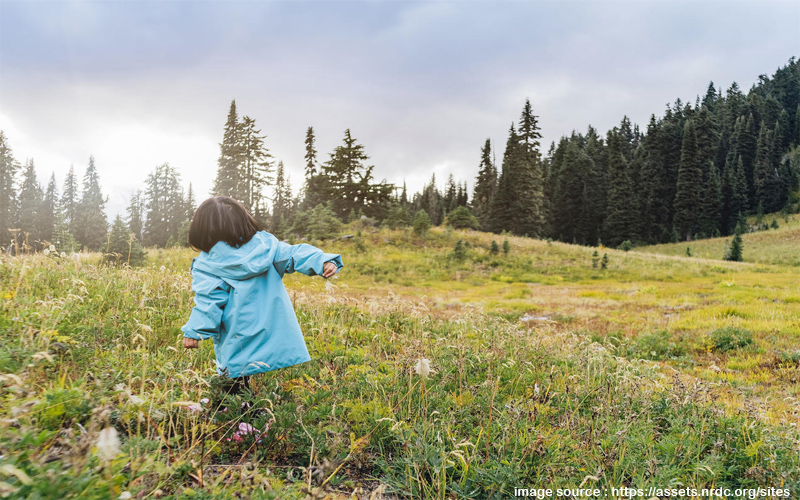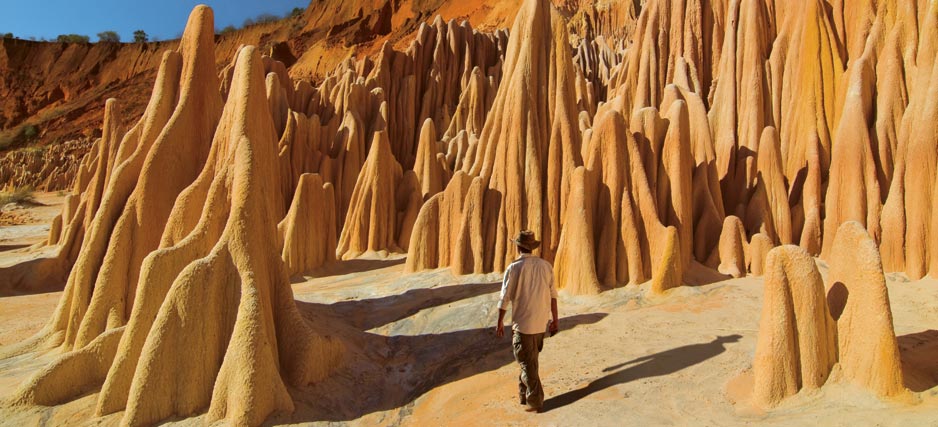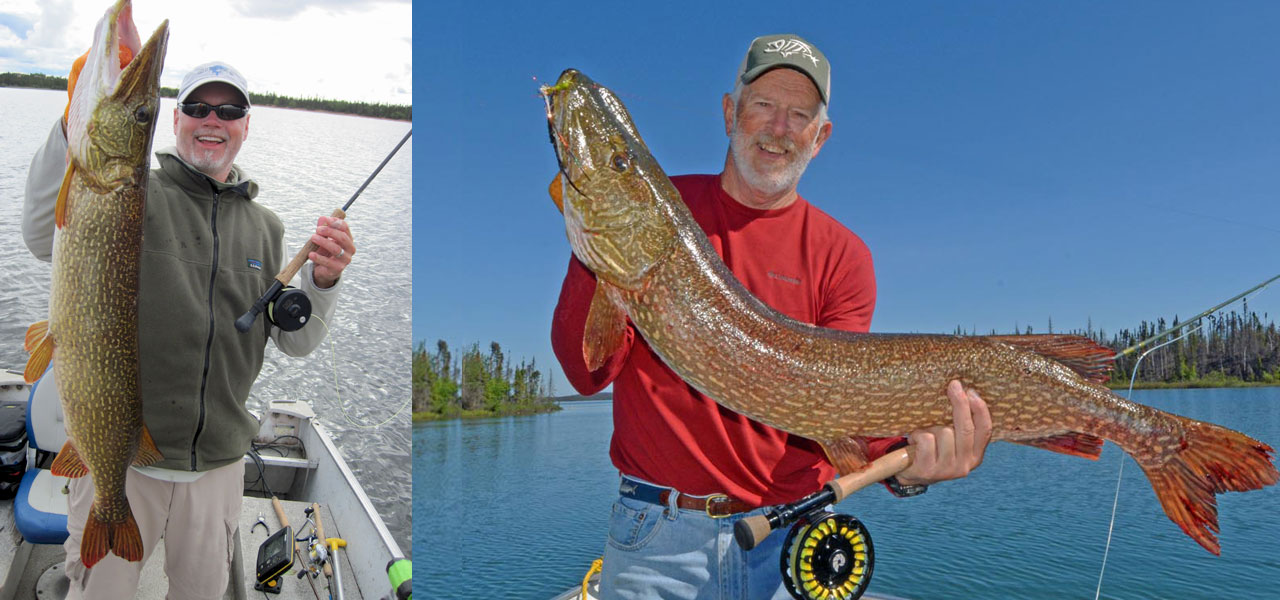
Why Minority Group Members Don’t Use Public Lands More

In “Meeting the Challenge of Wild Land Recreation Management: Demographic Shifts and Social Inequality” by Dorceta E. Taylor, the author raises a number of challenges and issues around diversity, race, and ethnicity in public lands and outdoor recreation areas. A key reason for this concern is the relatively small percentage of members of racial and ethnic minority groups involved in going to these areas as attendees or being involved as partners or volunteers in managing these areas compared to their percentage in the population. This article raises concerns about why they are less involved than members of the majority white population and how to get them to become more involved.
There are a number of reasons why they may be less involved. One reason for their lower participation may be the romanticized perception of wilderness areas from American history inspired by notions of transcendentalism and romanticism. These ideas have created …
Why Minority Group Members Don’t Use Public Lands More READ MORE




